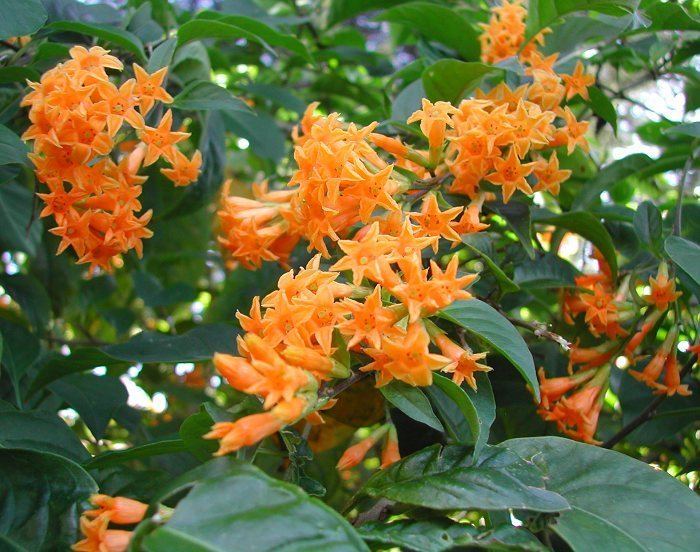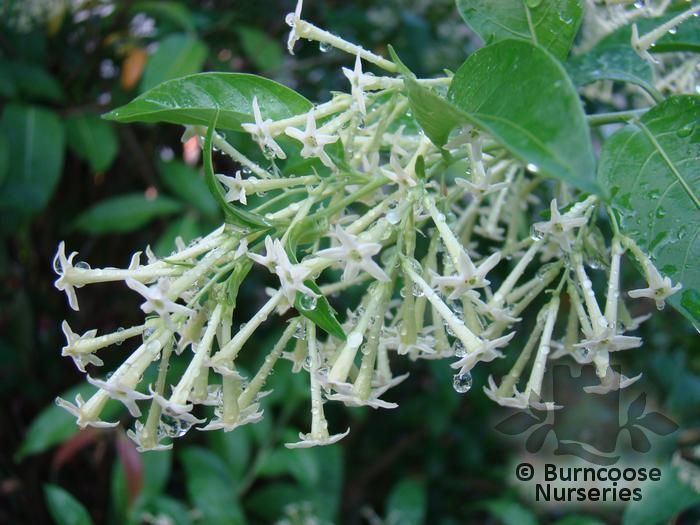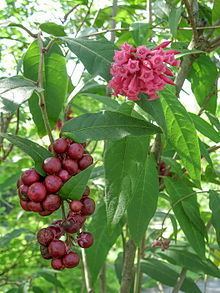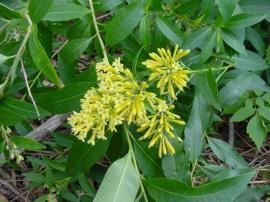Scientific name Cestrum Rank Genus | Subfamily Cestroideae Higher classification Nightshade | |
 | ||
Lower classifications Night‑blooming jasmine, Cestrum parqui, Cestrum diurnum, Cestrum aurantiacum, Ink Berry | ||
How to grow cestrum nocturnum queen of night raat ki rani urdu hindi
Cestrum is a genus of - depending on authority - 150-250 species of flowering plants in the family Solanaceae. They are native to warm temperate to tropical regions of the Americas, from the southernmost United States (Florida, Texas: day-blooming cestrum, C. diurnum) south to the Bío-Bío Region in central Chile (green cestrum, C. parqui). They are colloquially known as cestrums or jessamines (from "jasmine", due to their fragrant flowers).
Contents
- How to grow cestrum nocturnum queen of night raat ki rani urdu hindi
- How to grow raat ki raani plant care and tips cestrum nocturnum
- Uses and ecology
- Selected species
- References

They are shrubs growing to 1–4 m (3 ft 3 in–13 ft 1 in) tall. Most are evergreen; a few are deciduous. All parts of the plants are toxic, causing severe gastroenteritis if eaten.

How to grow raat ki raani plant care and tips cestrum nocturnum
Uses and ecology

Several species are grown as ornamental plants for their strongly scented flowers. Some are invasive species. Especially notorious is green cestrum (C. parqui) in Australia, where it can cause serious losses to livestock which eat the leaves (particularly of drying broken branches) unaware of their toxicity.

C. laevigatum is employed by wajacas (shamans) of the Craós (Krahós, Krahô) tribe in Brazil. It is used "to see far", i.e. to aid in divination. Like the other hallucinogenic plants consumed by them, Craós wajacas consider it a potent entheogen, not to be taken by the uninitiated.

Cestrum species are used as food by the caterpillars of several Lepidoptera species. These include the glasswing (Greta oto), the Antillean clearwing (Greta diaphanus) and Manduca afflicta, which possibly feeds only on day-blooming cestrum. It is either known or suspected that such Lepidoptera are able to sequester the toxins from the plant, making them noxious to many predators.
Cestrum species are reported as piscicidal.
